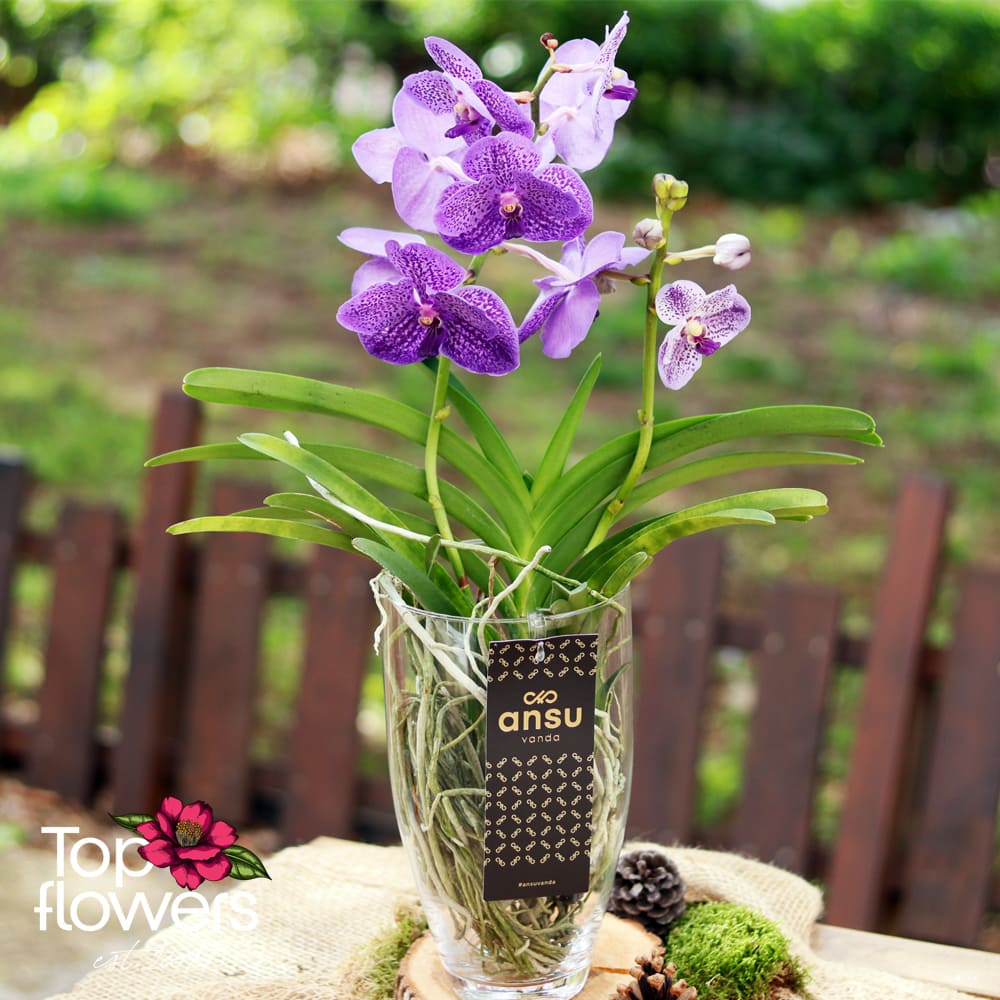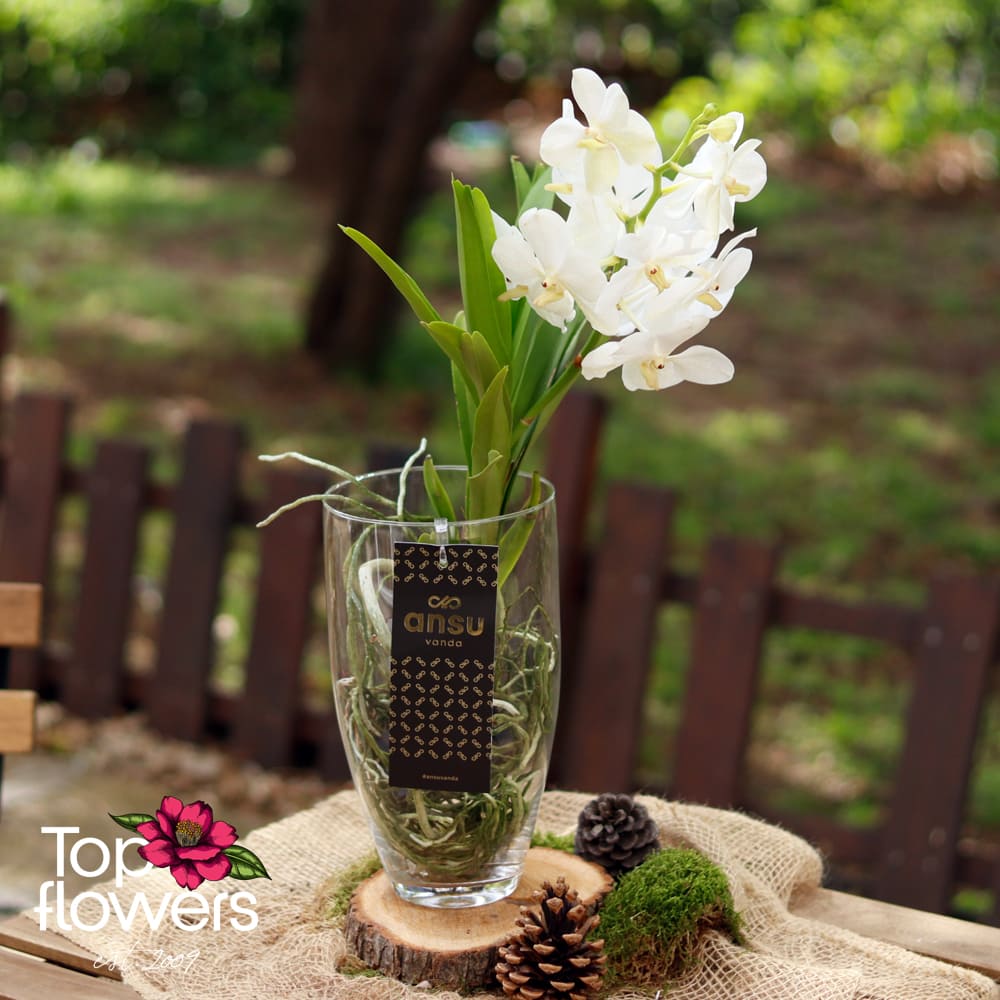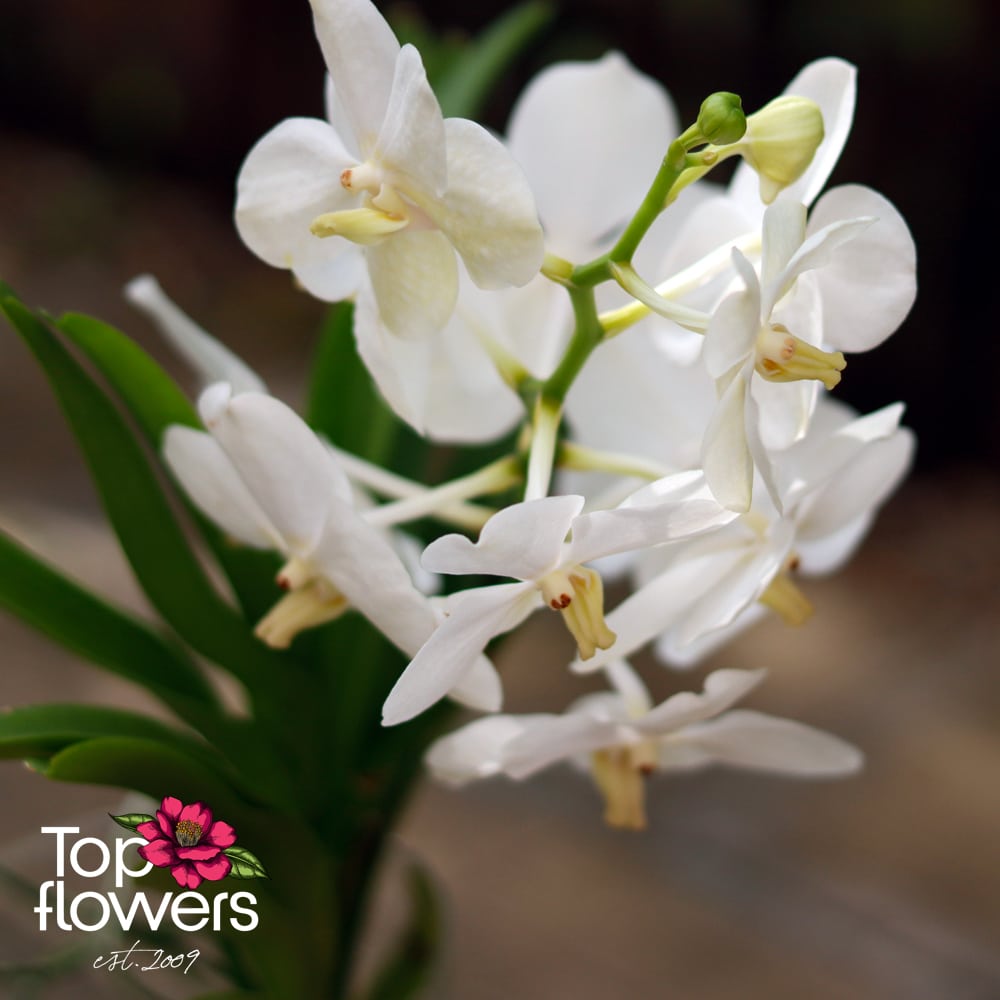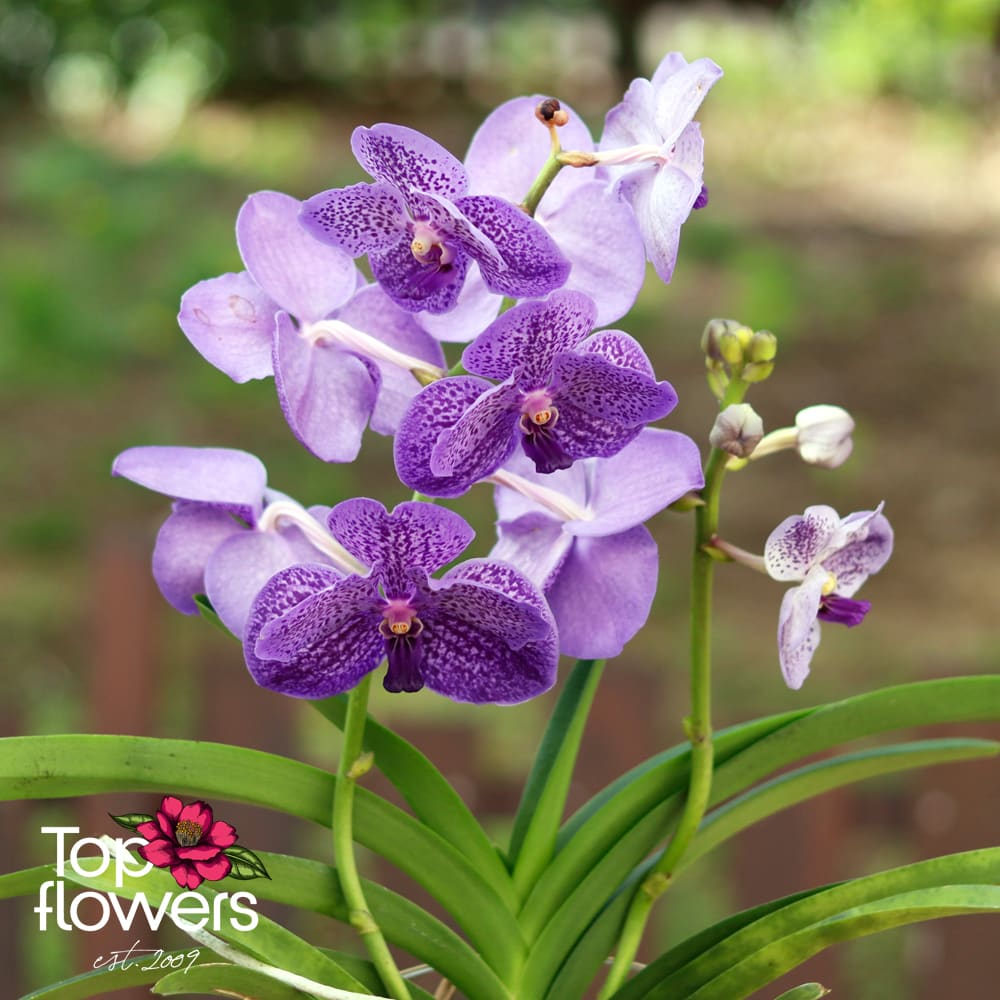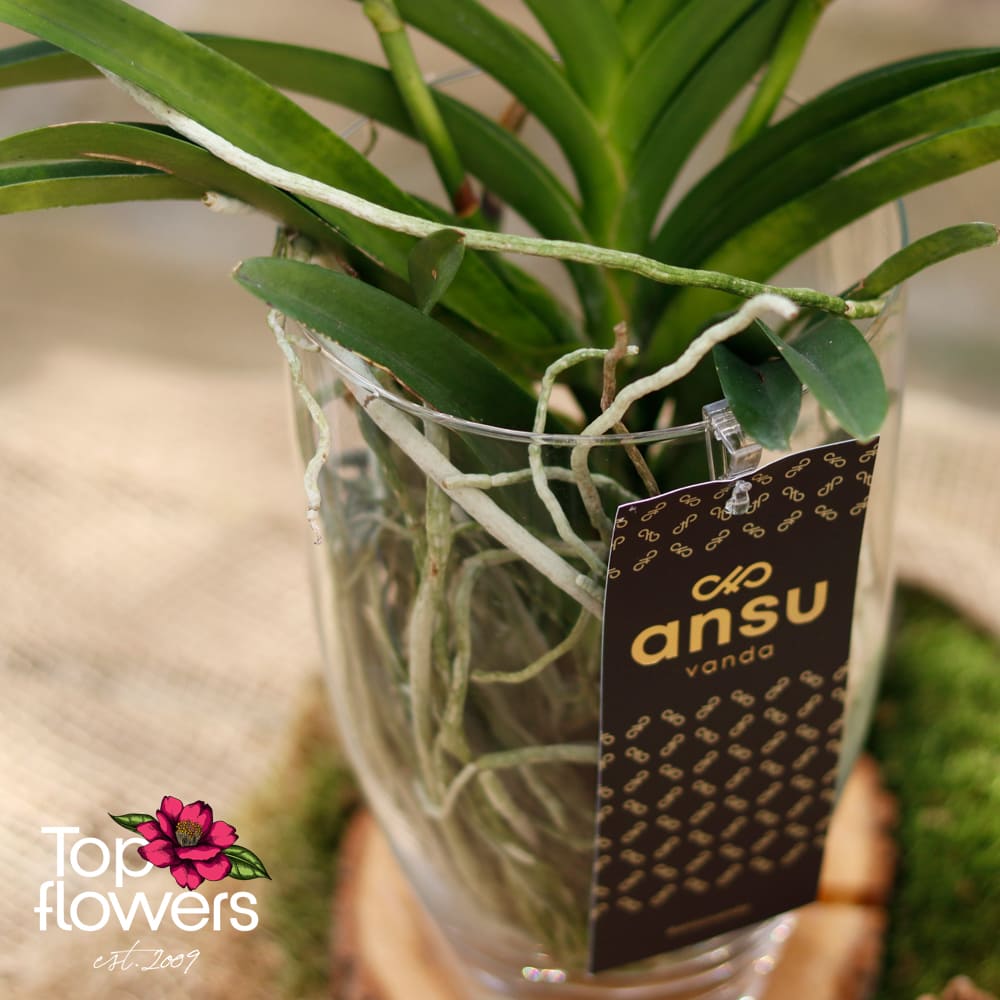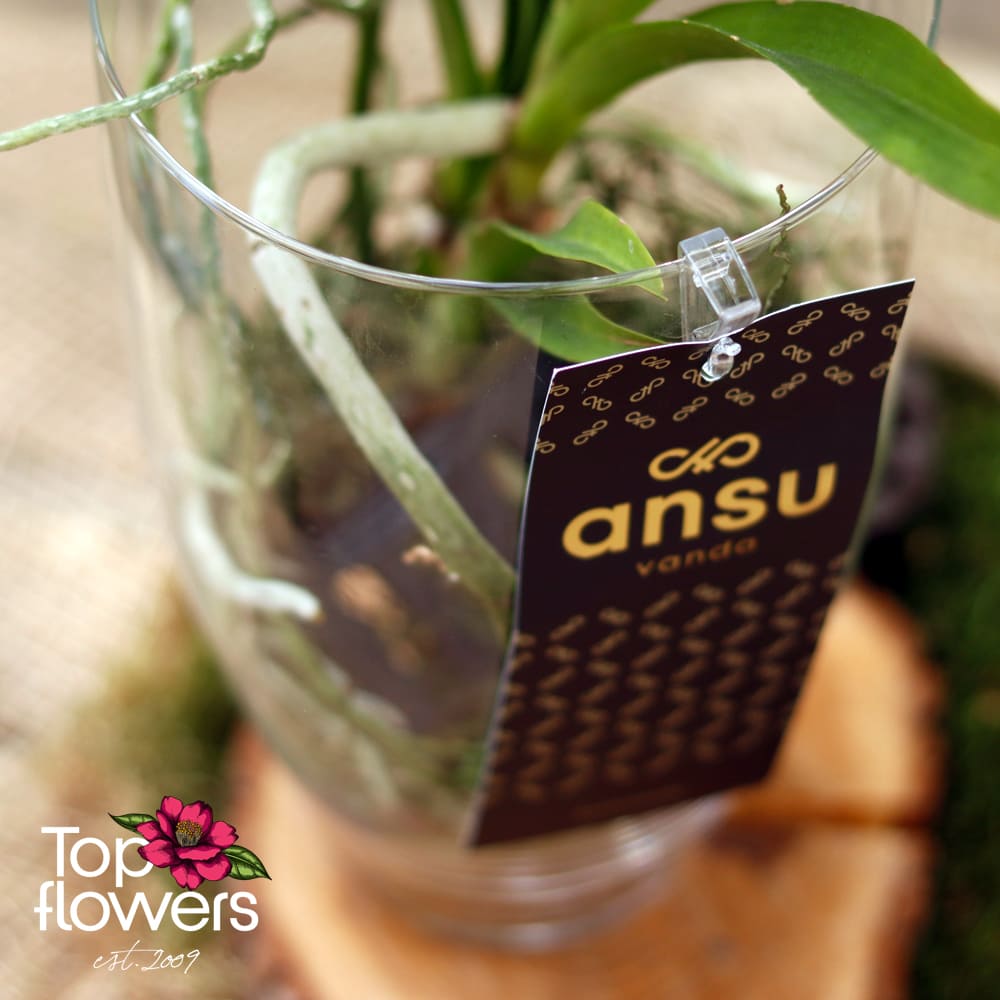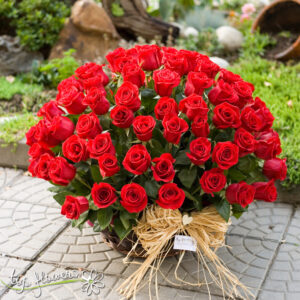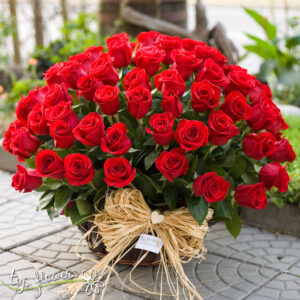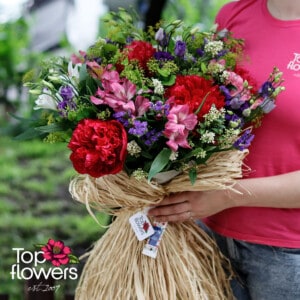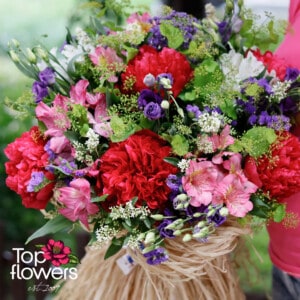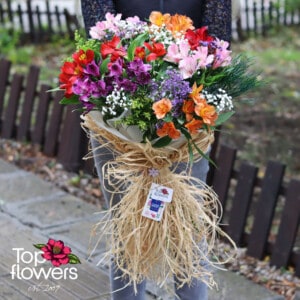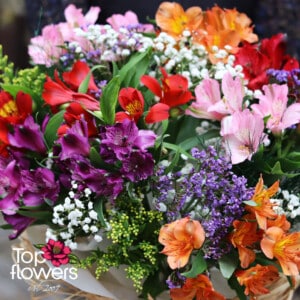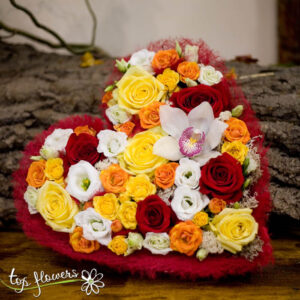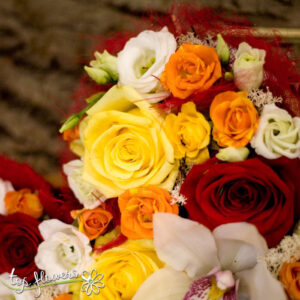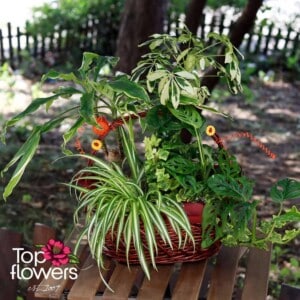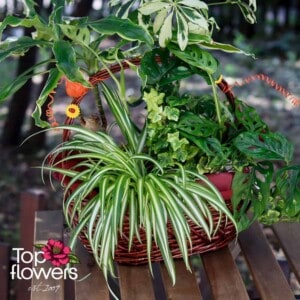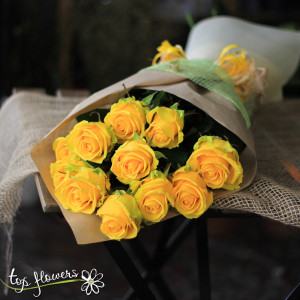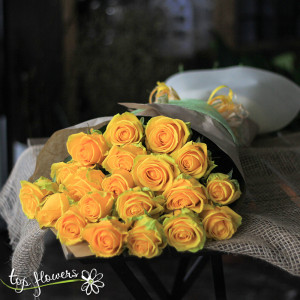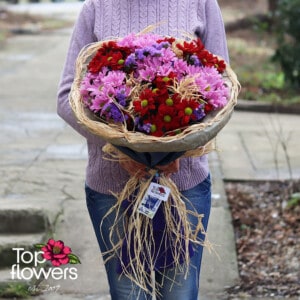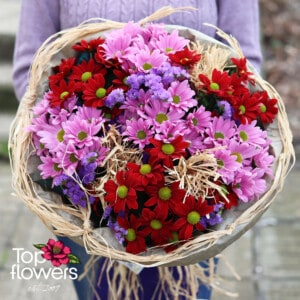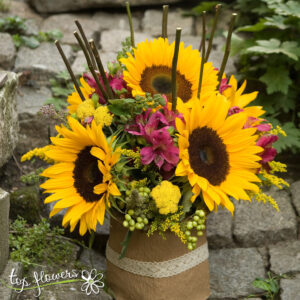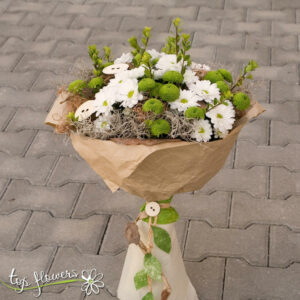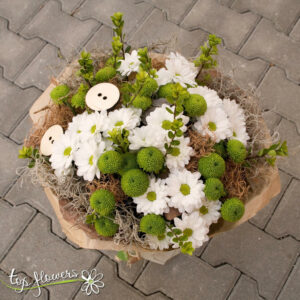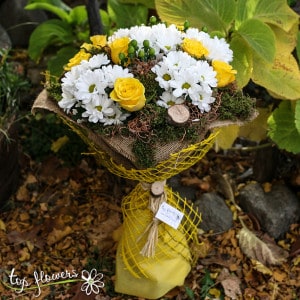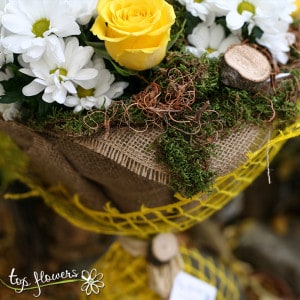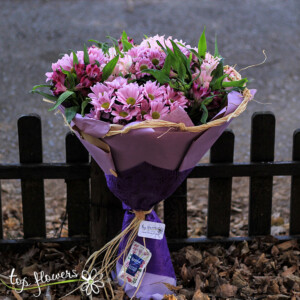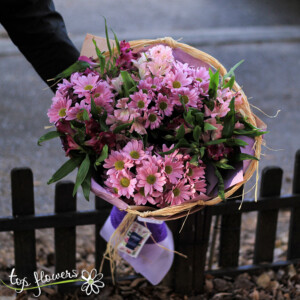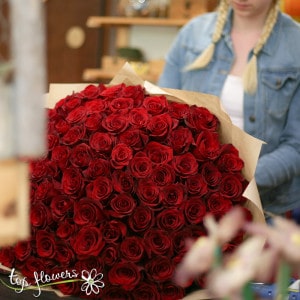Vanda is a type of epiphytic plant from the Orchid family, widespread in the tropical regions of South America and Southeast Asia. In the wild, they usually grow on trees, using their bark and branches for support. The plant is known for its delicate colors, which vary from white to multicolored.
Exposure:
Vanda prefers bright light but without direct sunlight, which can burn its delicate leaves. They can be placed on an east or west-facing window where they receive scattered light throughout the day. If placed on a south-facing window, care should be taken to protect the plant from direct sunlight.
Watering:
Vanda prefers to be watered with rainwater or filtered water. The plant should be watered about once a week, allowing the soil to dry out between waterings. If there is no soil, it is necessary to simply submerge the roots in stagnant water. Once the roots acquire a silvery-gray color, watering is necessary. It is important to avoid excessive watering, which can lead to root rot.
Transplanting:
Vanda is a plant that grows well in pots with drainage holes. Transplanting should be done in early spring or after flowering. The plant can be placed in special orchid soil or a mixture of tree bark, sphagnum, and perlite, natural moss is also suitable. It is important not to allow the roots to remain too long and to prevent pressure on the roots during transplanting. Dry root tips should be trimmed.
Fertilizing:
The plant can be fertilized about once every 14 days in spring and summer with liquid fertilizer specially formulated for orchids, such as the ones we offer in our stores. In autumn and winter, fertilizing should be reduced to once a month or even rarely, as Vanda expends much less energy for growth during this time of year.
Pests:
Vanda can be affected by some pests, such as mealybugs, spider mites, etc. When pests appear, it is important to act quickly to prevent their spread. One of the most effective solutions is to place Vanda in an isolated room to prevent contact with other plants and quick treatment with insecticides.
- Here are a few interesting facts about Vanda:
- The Vanda orchid originates from the islands in the Pacific Ocean and there are over 80 species distributed worldwide.
- The name "Vanda" comes from the Swedish botanist Anders Vandal, who first described this plant.
- Vanda is one of the most expensive flowers in the world, with a rare species fetching over $200,000.
- Some Vanda species can only bloom once a year and their blooming period can last only a few hours.
- Vandas have a waxy coating that protects them from rain and excessive moisture, making them ideal for cultivation in hot and humid climates.
- Vandas are popular for cultivation as orchids, as they are beautiful and elegant plants suitable for interior decoration.
- Some Vanda species can emit fragrances that attract certain insects for pollination.

